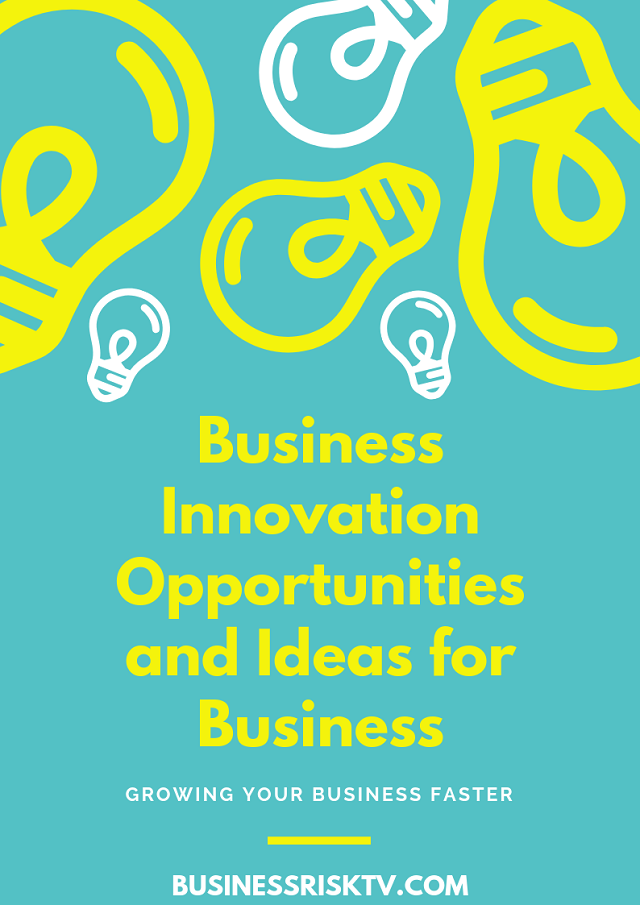42%. That’s the percentage of UK businesses that cite ‘uncertainty’ as a major barrier to growth. Uncertainty. It’s a word that echoes through boardrooms and small offices alike. But uncertainty shouldn’t paralyse you. It should galvanise you. I know it’s daunting. I know the feeling of being overwhelmed. But I also know that inaction is the biggest risk of all. We are in a time of rapid change. Businesses that cling to old models are doomed. It is a fact. The market is relentless. It rewards the agile. It punishes the complacent. Business development is no longer a luxury; it’s a survival mechanism. You want to grow? You want to thrive? Then listen up. This isn’t about buzzwords or fleeting trends. This is about real, actionable strategies that can transform your business. We need to cut through the noise. We need to focus on what matters. We need to innovate. We need to do it now. So, let’s dive in. Let’s talk about how you can future-proof your business. Let’s talk about how you can win.
The future belongs to those who adapt
The belongs to those who innovate. It belongs to those who act. Don’t let uncertainty paralyse you. Let it fuel your ambition. Let it drive you to create a business that is not only successful but also sustainable. You have the power to shape your future. You have the power to win. So, what are you waiting for? Take action. Today. Your business depends on it.
Join BusinessRiskTV 360 Business Club with one-off lifetime membership fee


Get help to protect and grow your business faster with BusinessRiskTV
Subscribe for free business risk management tips risk reviews and cost reduction ideas
Read more business risk management articles and view videos for free

Read more risk management articles and view videos:
-
How can uk small businesses implement ai driven customer personalisation strategies for growth
-
Best sustainable business development practices for uk companies facing economic uncertainty
-
What are the most effective digital transformation strategies for traditional uk businesses to increase market share
-
How to build strategic partnerships and leverage fintech solutions for financial growth in uk startups
-
Risk management and talent acquisition strategies for uk businesses to ensure long term resilience and innovation
Time’s Running Out: UK Businesses Face Extinction
In today’s relentless market, stagnation is suicide. This video exposes the harsh reality: UK businesses are failing to innovate and adapt. Discover how to avoid becoming a casualty of complacency.
Watch Now – Click On Link Below!
Sign up for an online business risk management training course
BusinessRiskTV 360 Business Club members only:
Section 1: The Cost of Inaction: Understanding the Modern Business Landscape
- The realities of the current UK market: economic volatility, technological disruption, and shifting consumer behavior.
- The dangers of clinging to outdated business models: stagnation, loss of market share, and eventual failure.
- Case studies of UK businesses that failed to adapt and the lessons learned.
- The importance of a proactive, rather than reactive, approach to business development.
- The crucial role of understanding and responding to evolving customer expectations.
- The impact of global business trends on the UK market.
Section 2: Hyper-Personalization: The Key to Customer Engagement
- The power of data-driven customer insights: leveraging AI and machine learning.
- Building personalized customer experiences: from targeted marketing to tailored product offerings.
- The importance of customer feedback and engagement: creating a two-way dialogue.
- Utilizing CRM systems for effective customer relationship management.
- Creating customer journey maps to identify pain points and opportunities.
- The necessity of customer community building.
Section 3: Digital Transformation: Embracing the Future of Business
- The role of e-commerce and online platforms in expanding market reach.
- Leveraging social media for brand building and customer engagement.
- The importance of SEO and content marketing in driving online traffic.
- Exploring the potential of emerging technologies: AI, blockchain, and the metaverse.
- Implementing digital tools for streamlining operations and improving efficiency.
- The use of data analytics to monitor online performance.
Section 4: Strategic Partnerships and Collaboration: Expanding Your Network
- The benefits of forming strategic alliances: accessing new markets and resources.
- Building a strong network of industry contacts: attending conferences and networking events.
- Leveraging influencer marketing to reach new audiences.
- Exploring joint ventures and mergers for accelerated growth.
- The importance of building strong relationships with suppliers and distributors.
- The use of online networking platforms.
Section 5: Innovation and Agility: Staying Ahead of the Curve
- Creating a culture of innovation within your organization.
- Embracing agile methodologies for rapid prototyping and development.
- Investing in research and development: exploring new products and services.
- The importance of continuous learning and adaptation: staying abreast of industry trends.
- Developing a flexible business plan that can adapt to changing market conditions.
- The implementation of feedback loops.
Section 6: Sustainable Growth: Building a Responsible Business
- The increasing importance of environmental, social, and governance (ESG) factors.
- Implementing sustainable business practices to reduce environmental impact.
- Building a socially responsible brand that resonates with consumers.
- The benefits of ethical business practices in building trust and loyalty.
- The importance of long term business planning.
- The use of renewable resources.
Section 7: Financial Strategies for Growth: Funding Your Future
- Exploring different funding options: venture capital, angel investors, and government grants.
- Developing a solid financial plan: budgeting, forecasting, and risk management.
- The importance of cash flow management in ensuring business stability.
- Leveraging financial technology (FinTech) solutions for efficient transactions.
- The use of crowdfunding.
- The importance of understanding financial statements.
Section 8: Talent Acquisition and Development: Building a Winning Team
- Attracting and retaining top talent: creating a positive work environment.
- Investing in employee training and development: upskilling your workforce.
- Building a diverse and inclusive workplace: fostering creativity and innovation.
- The importance of effective leadership and communication.
- The use of remote working.
- The importance of team building.
Section 9: Risk Management: Navigating Uncertainty
- Identifying and assessing potential risks: market volatility, regulatory changes, and cyber threats.
- Developing contingency plans to mitigate risks and ensure business continuity.
- The importance of insurance and legal compliance.
- Building a resilient business that can withstand unexpected challenges.
- The use of risk assesment matrices.
- The importance of business continuity planning.
Section 10: Taking Action: Implementing Your Growth Strategy
- Developing a clear action plan with specific goals and timelines.
- Prioritizing initiatives based on their potential impact and feasibility.
- Monitoring progress and making adjustments as needed.
- The importance of accountability and execution.
- The use of project management software.
- The importance of celebrating success.
Relevant hashtags:
-
#UKBusinessExtinction
-
#InnovationOrCollapse
-
#StagnationIsSuicide
-
#FutureProofOrFail
-
#WakeUpUKLeaders
- #BusinessRiskTV
The Innovation Imperative: UK Businesses Adapt or Perish





